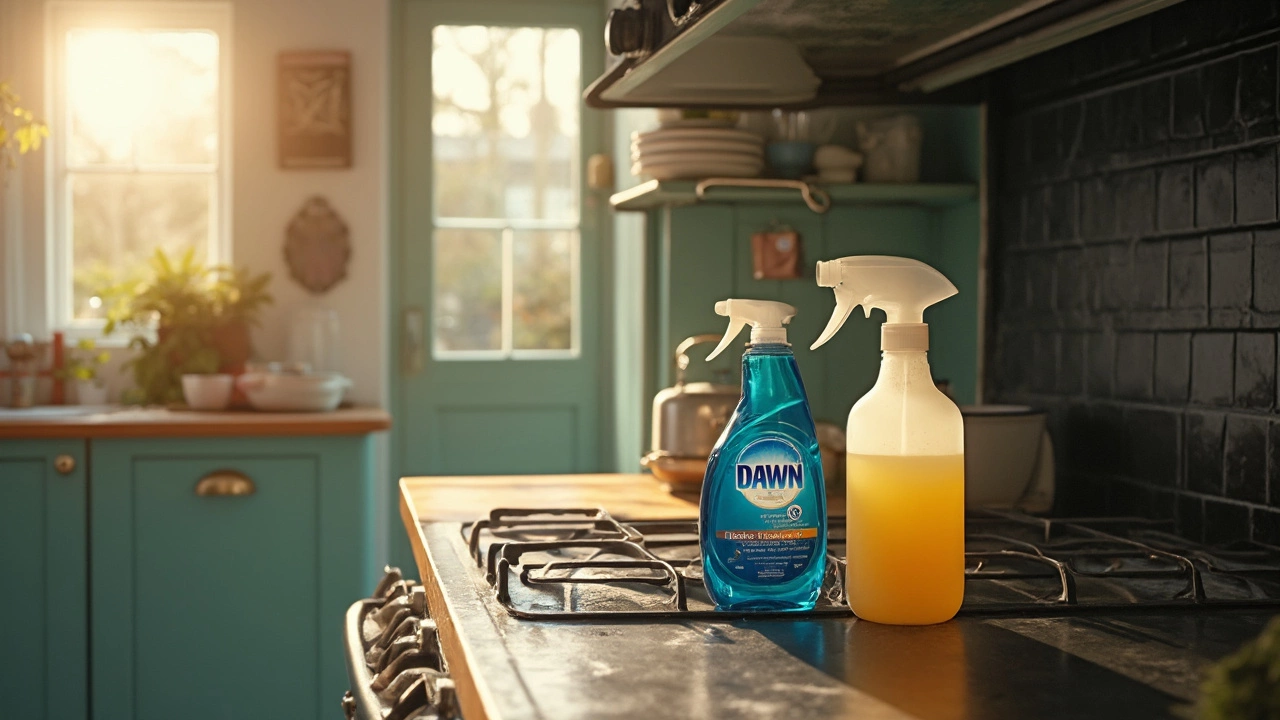How Long to Sit – Mastering the Perfect Wait Time for Cleaner Results
When talking about How Long to Sit, the optimal waiting period for a cleaning solution before you start scrubbing or rinsing. Also known as dwell time, it determines whether a product merely rinses away or actually breaks down stubborn grime. Understanding this timing can turn a mediocre clean into a sparkling finish, whether you’re tackling a greasy oven or foggy windows.
One of the biggest misconceptions is that you can spray and wipe immediately. In reality, oven cleaning, the process of removing baked‑on food, grease and carbon buildup from an oven interior often needs a longer sit period for the alkaline ingredients to soften residue. A typical homemade mix of baking soda and water works best after 30‑45 minutes, while commercial enzyme cleaners may need an hour to activate. Skipping this step usually means extra elbow grease and a higher chance of leftover streaks.
Similarly, window cleaning, the removal of dust, mineral deposits and film from glass surfaces benefits from a brief soak when you use vinegar or lemon‑based solutions. Letting the mixture sit for 5‑10 minutes loosens hard water spots, allowing a simple squeegee pass to leave glass crystal clear. If you rush, the acid doesn’t dissolve the minerals, and you’ll end up re‑cleaning the same area.
The principle also applies to DIY cleaning solutions, homemade mixtures made from everyday items like baking soda, vinegar, lemon juice or dish soap. Their effectiveness hinges on chemical reaction time. For instance, baking soda neutralizes acidic grime, but it needs at least 15 minutes to fully react. Dawn and vinegar combos for ovens need a short 10‑minute sit to cut through grease without harsh chemicals. These timings are not arbitrary; they are the result of the underlying chemistry between acids, bases and surfactants.
Why does "how long to sit" matter beyond just cleaner surfaces? First, it reduces physical effort – the longer the solution works on its own, the less scrubbing you need. Second, it protects your appliances. Over‑scrubbing can damage oven racks or scratch window seals. Third, it improves safety. Allowing chemicals to settle lowers the chance of splatter or fumes during vigorous wiping.
Here are three quick rules to remember:
- Match the product to the grime. Heavy, baked‑on residue needs a longer soak than light film.
- Mind the material. Delicate glass tolerates short acidic sits; stainless steel can handle longer alkaline exposures.
- Watch the temperature. Warm solutions accelerate reactions, shortening the required sit time.
With these guidelines, you can customize the sit time for any cleaning job. Whether you’re using a store‑bought oven degreaser, a vinegar‑water spray for windows, or a DIY baking soda paste, the rule stays the same: give the solution enough time to work, then finish with a gentle wipe.
Below you’ll find a curated collection of articles that dive deeper into specific scenarios – from a step‑by‑step guide on letting a homemade oven cleaner sit the right amount of time, to tips on timing your window‑cleaner soak for streak‑free glass. Each post builds on the core idea of "how long to sit" and shows you how to apply it in real‑world cleaning projects.





